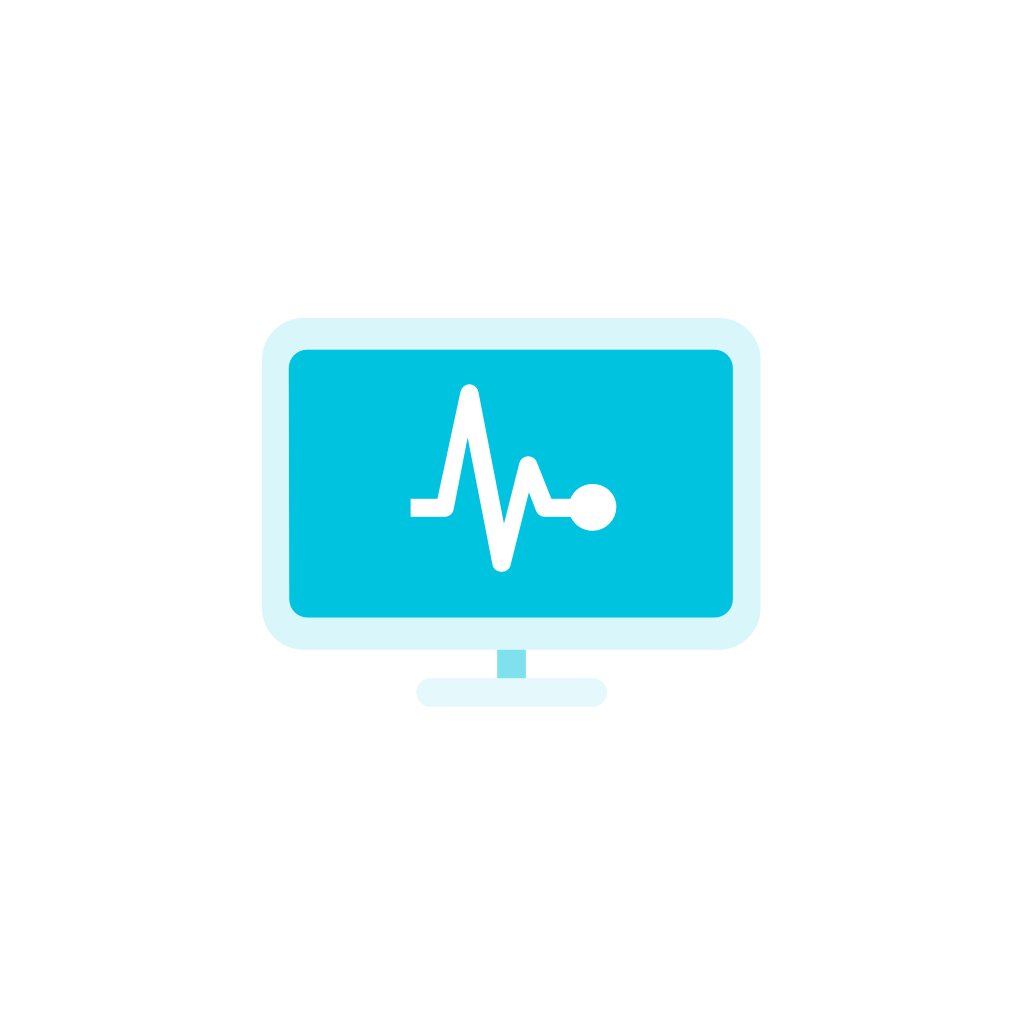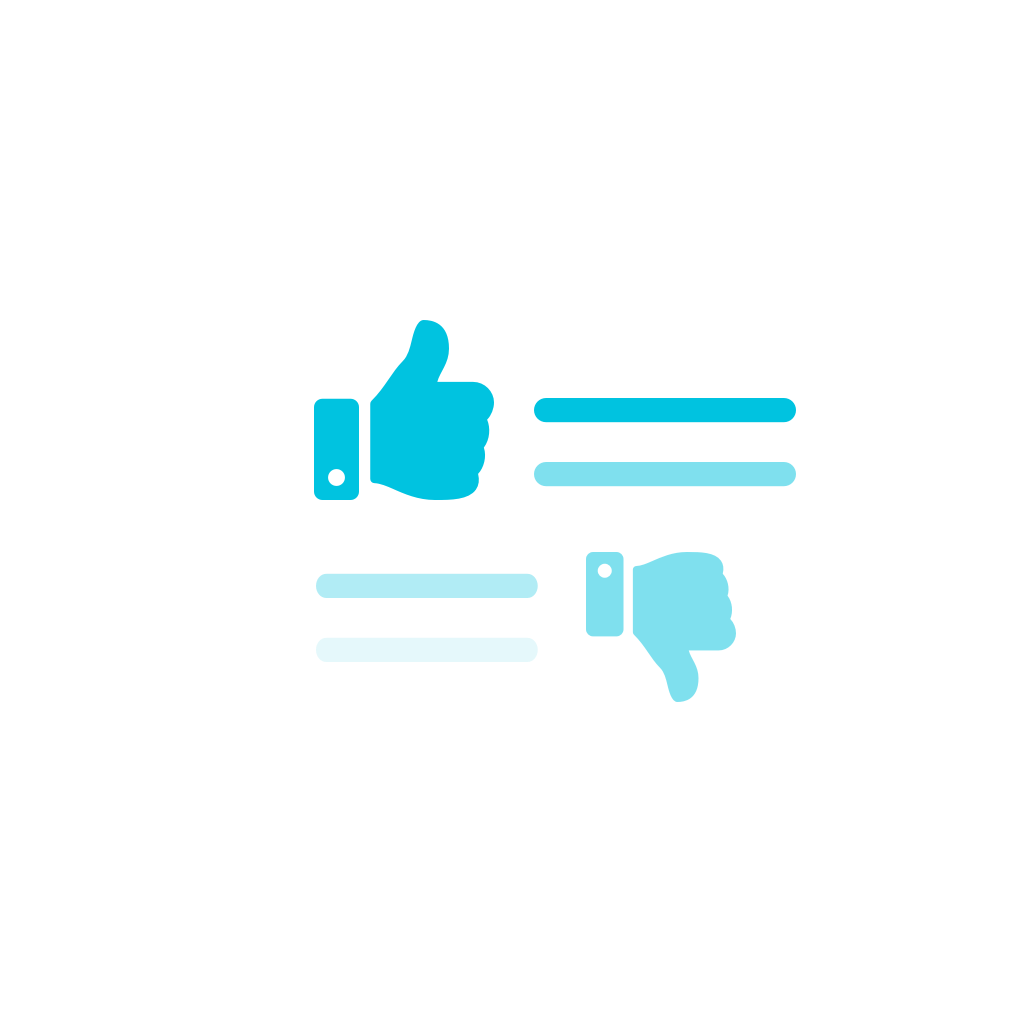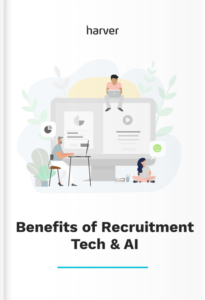In the U.S., 4.7 million employees, or 3.4% of the workforce, work from home at least half of the week. That number is ever-increasing, and as more and more industries embrace remote work, it’s apparent that recruiting should be no different.
What’s more, as we face the unprecedented COVID-19 pandemic, it’s clear that a switch to remote recruitment is necessary if you continue hiring. COVID-19, or coronavirus, is pushing recruiters to innovate and reinvent their style of recruiting.
While it goes without saying that making the transition will take time, remote recruiting has already been a reality for many companies that others can learn from.
And of course, we’re here to help. Here are some essential remote recruiting tips to help you adjust to the new normal and hire A-list talent from anywhere in the world.
What’s in?
What is remote recruiting?
Great talent isn’t contained in one area; it’s scattered all around the globe. Fortunately, remote recruitment is possible thanks to modern technology.
Remote recruiting involves sourcing, interviewing and hiring employees who are located elsewhere. Remote recruiters utilize technology to connect with candidates regardless of where they’re located. Embracing remote recruitment is especially important now that so many global organizations are transitioning to work from home setting in the wake of the global COVID-19 crisis. Here’s what Glassdoor’s community manager had to say about this shift:
“In an effort to reduce some of the long-term impacts of COVID-19 on their businesses, companies are turning to technology to maintain business continuity during this time of uncertainty.” –Jo Cresswell, Glassdoor
In other words, if you want to continue hiring right now, simply put, you need to adapt—or risk missing out on top talent that’s snatched up by the competition.

74%
of organizations that are still hiring during the COVID-19 pandemic have changed their recruitment practices.
Source: Mercer survey
Like what you see?
Don’t miss out. Subscribe to our quarterly digest to get the latest TA and TM resources delivered right to your inbox.
9 remote recruiting tips
Don’t worry; it’s normal to be overwhelmed during a time of transition. Here are some tips to help you develop and implement your own remote recruiting strategy:
1. Write accurate and engaging job ads
Writing accurate, engaging job advertisements is always a good rule of thumb when hiring, but it’s especially important when you’re recruiting candidates remotely. To do this effectively, make sure to thoroughly outline responsibilities and expectations. For example, you may want to note if your company is remote-first, remote-friendly or mixed, as well as if there are any required working hours.
You should also consider using video vacancies to engage potential applicants. Adding video to a job description allows you to establish a more personal connection with candidates early in the recruitment process. In fact, according to CareerBuilder, job postings with video are viewed 12% more and receive a 34% greater application rate than text- and image-based ads.
You can get started by asking the hiring manager and relevant members of the team to send you smartphone video clips sharing information about the role, expectations and company culture overall. This is a fun, interactive way to engage candidates, involve your internal team in the hiring process and elevate your employer brand all at the same time.
Don’t forget to mention that you’re still hiring in the period of the pandemic to encourage potential candidates to apply.
2. Have a structured hiring process
Building out a structured hiring process is a sure-fire way to stay organized and keep things running smoothly, even when recruiting from afar. It helps drive consistency across interviews, reduces the risk of biases and offers candidates a better experience. The key to creating structure is to identify what steps there are to follow in the process, who is responsible for which steps and approximately when each assignment should be completed.
A great way to make this happen is to choose the right Applicant Tracking System (ATS) for your recruitment tech stack. This will help you better manage your remote candidates and make sure everything goes as planned throughout the hiring process.
If you’re new to remote hiring, think about how you need to adjust the stages of your recruitment funnel to the remote reality you’ve found yourself in. For example, you might need to come up with a way to make your on-site assessments fully virtual but still effective.

92%
of candidates say they’ve experienced poor recruiting practices at some point in their career.
Source: PwC
3. Put a good shortlisting process in place
Another great tip is to have a good shortlisting process in place to help you work more efficiently. More than half (52%) of talent acquisition leaders said identifying the right candidates from a large pool of applicants is the hardest part of recruitment—but a solid shortlisting process can make a huge difference.
With well-defined criteria that you score candidates on, you can speed up the recruiting process and fill open roles faster. First, identify the criteria: What are the “must-have” and “nice-to-have” qualifications you’re looking for? How is your current remote-first setup going to impact what you’re looking for in candidates?
Work with the hiring manager to determine the criteria required when selecting shortlisted candidates. You may even want to develop a scorecard to make it easier to evaluate and compare candidates.
Once you know the criteria you’re looking for, use digital pre-employment assessments to help you narrow down the list of candidates. You can use assessments to test everything from cognitive abilities and technical skills, to personality and culture fit.
Below you can see the pre-employment assessments available in the Harver platform. These are designed for high-volume, low-complexity roles, but they’re suitable for corporate positions as well.
4. Check your candidates’ equipment
Modern technology allows many of us to do our jobs from anywhere—but it still requires a dependable internet connection and a computer with certain hardware and software requirements.
When you expect your new employees to work from home, even if it’s only temporarily, you need to know whether you have to provide them with the necessary equipment or if they have their workstation ready.
You can do this remotely by using a system diagnostics tool that lets you set the minimum requirements and test a candidate’s setup regardless of their (and your) location. Based on the results, you’ll be ready to help them start quickly, whether it’s by subsidizing a faster internet connection or providing them with a larger screen.
Note: If you’d like to see how the Harver system diagnostics tool works, you can check out the module here, or book a demo below.
Ready to transform your hiring process?
5. Utilize video interviewing
Thanks to video interviewing technology, remote recruiting is easier (and more doable) than ever before. Many of the world’s leading companies like Amazon, Facebook, Google, and Microsoft are conducting virtual job interviews in response to COVID-19.
You should utilize both one-way and two-way video interviewing in different stages of the process. One-way interviewing can replace a phone screening, whereas a two-way virtual interview is a solid alternative to an in-person meeting. Both of these allow you to gauge candidates’ non-verbal communication even when recruiting remotely.
Be just as prepared as you would be for a face-to-face interview. Asking good, consistent questions will not only tell you what you need to know about your interviewees but will also help you reduce bias.
Test your Internet connection beforehand, and have a plan B (such as a phone call) in place in case the connection becomes unstable. You should make the case to invest in dedicated video interviewing software (and not just Skype or FaceTime) for when you’re interviewing remotely or in higher volumes. Then, make sure to provide guidance to your candidates on how to use the software before the interview to ensure that things go as smooth as possible.
Many companies are even providing applicants with tips for virtual meeting etiquette to ease any concerns for those who are unfamiliar with video technology.
How AI & recruitment technology is changing recruiting experience
Find out how tech has helped other companies grow by enhancing both the recruiters’ and candidates’ experience!
6. Stay aligned with the team
It’s essential that you and your team remain on the same page throughout the hiring process—especially where remote recruitment is concerned and your hiring team is distributed. Stay aligned by making sure everyone knows what steps they need to complete and when they should be done.
Share who will review the recorded video interviews, weigh-in with their views on the candidates and who will have the final word. Then, keep your team up-to-date throughout the process so everyone is in the loop. For example, in your ATS, make use of notifications, mentions and integrations with common communication tools such as Slack to collaborate efficiently.
This will help you make sure nothing falls through the cracks while you’re recruiting from a distance.
7. Consider using a work assignment
You can also consider using a work assignment as an audition to see what candidates’ skills are like in practice without having them on site. Think about timing the work assignment to see how well different applicants work under pressure, and make evaluation of the task anonymous to mitigate against unconscious bias.
Of course, you don’t want to scare anyone off, so make sure to conduct a work assignment at the candidate’s convenience. It’s always a good idea to introduce this toward the end of the hiring process so you don’t have to go through a ton of assignments and also don’t unnecessarily burden candidates that you probably wouldn’t hire anyway.

Work sample tests are among the
TOP
predictors of job performance.
Source: The validity and utility of selection methods in personnel psychology study
Even if you can organize job trials or work sample tests onsite, find a way to conduct them in a remote setting, as they are useful in predicting future job performance.
8. Keep your candidates engaged
Make it a point to keep your candidates engaged throughout the recruitment process, even if it’s from afar. Let them know what the status of their application is and how they’re moving in the recruitment process. To help you stay organized, consider using a candidate relationship management (CRM) tool like Smashfly or Beamery that allows you to build and maintain relationships throughout each stage of the recruiting funnel.
Also, many companies have frozen their hiring efforts now and opted to leave their candidates in the dark. Don’t make that mistake. Instead, address your current situation by adapting and evolving your recruitment strategy to work for you today.
Keep candidates posted on the status of their application and share your company’s current situation concerning COVID-19 to keep them engaged throughout the process. People will appreciate the transparency!
9. Ensure data privacy
And last but certainly not least, there’s the issue of data privacy, which is a major concern for all of us in the digital age. It’s important to protect your candidates’ privacy and make sure you’re meeting data privacy laws like EU-GDPR, which might differ in different regions. To combat this, pay attention to how you need to handle candidates’ data in different countries.
Also, know that the recruitment technology that you use matters—when compared to a dedicated video interviewing platform, solutions like Skype have some significant limitations. They often lack the built-in functionality to comply with data laws when recruiting candidates from all over the world. Make sure to use secure technology that protects both candidate and company privacy during this time.

78%
of candidates say they expect the recruiting process to be clear on how personal data is used.
Source: PwC
For example, let your candidates know if you’re recording the video interviews, how and for how long you will store them and who can access them.
A final thought
You need to adapt your recruitment strategy to the remote reality. If you have an opportunity to invite your candidates to the office, do so. However, there are times where it won’t always be possible, such as right now during the COVID-19 outbreak.
That’s why it’s important to make sure you’re agile in how you’re recruiting. After all is said and done, it won’t hurt your business—it will only help you become more tech-savvy, efficient and prepared for anything.
How AI & recruitment technology is changing recruiting experience
Find out how tech has helped other companies grow by enhancing both the recruiters’ and candidates’ experience!








